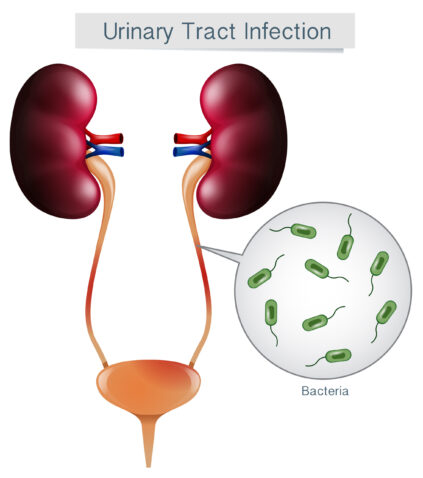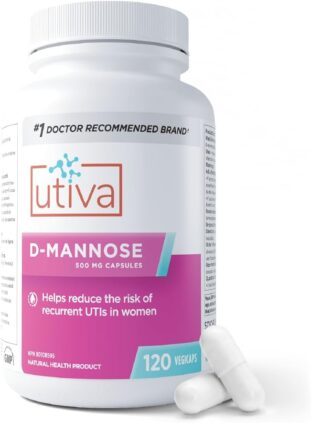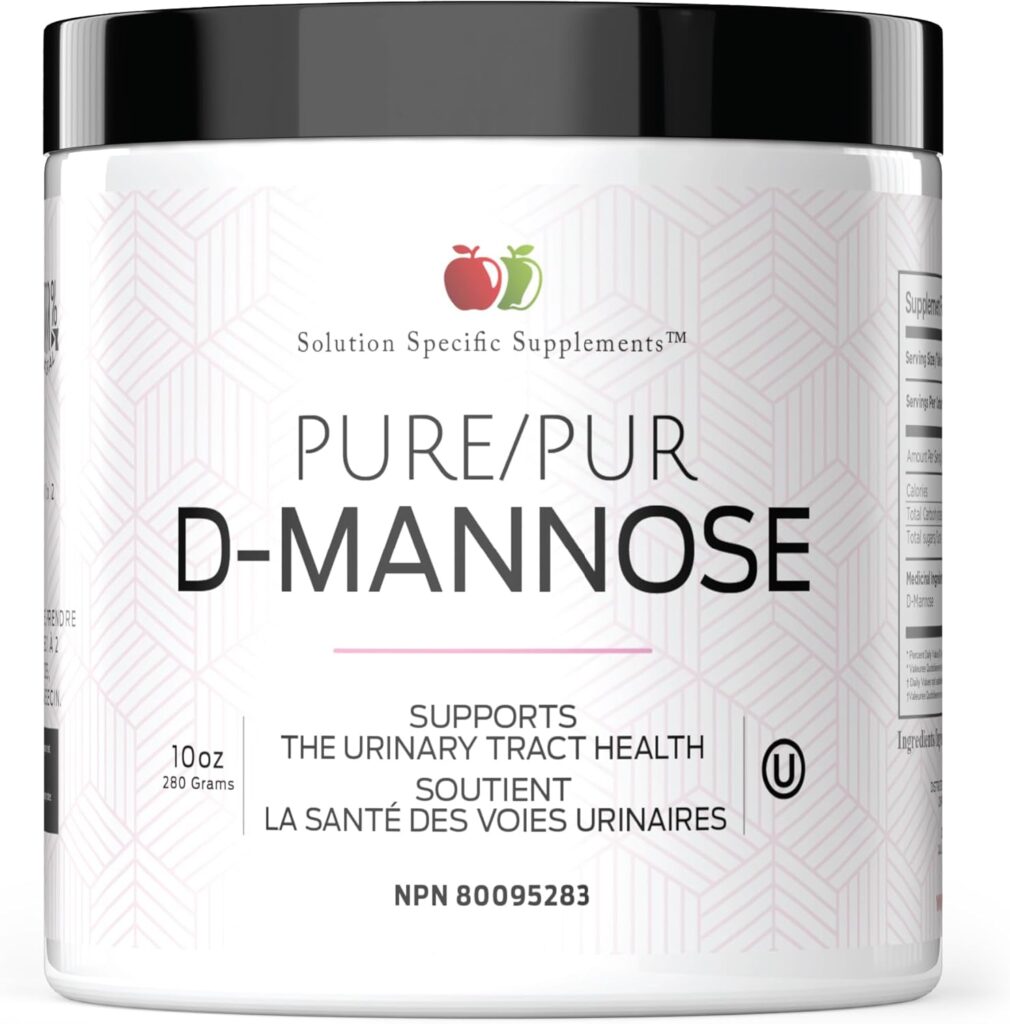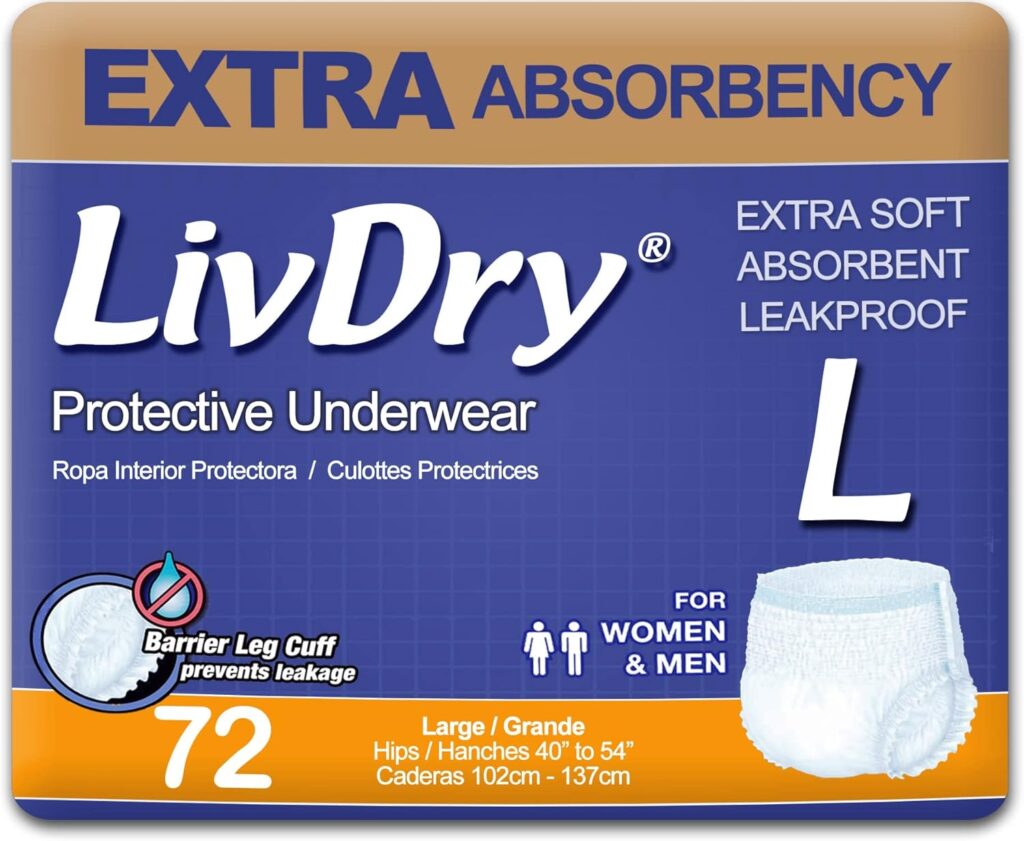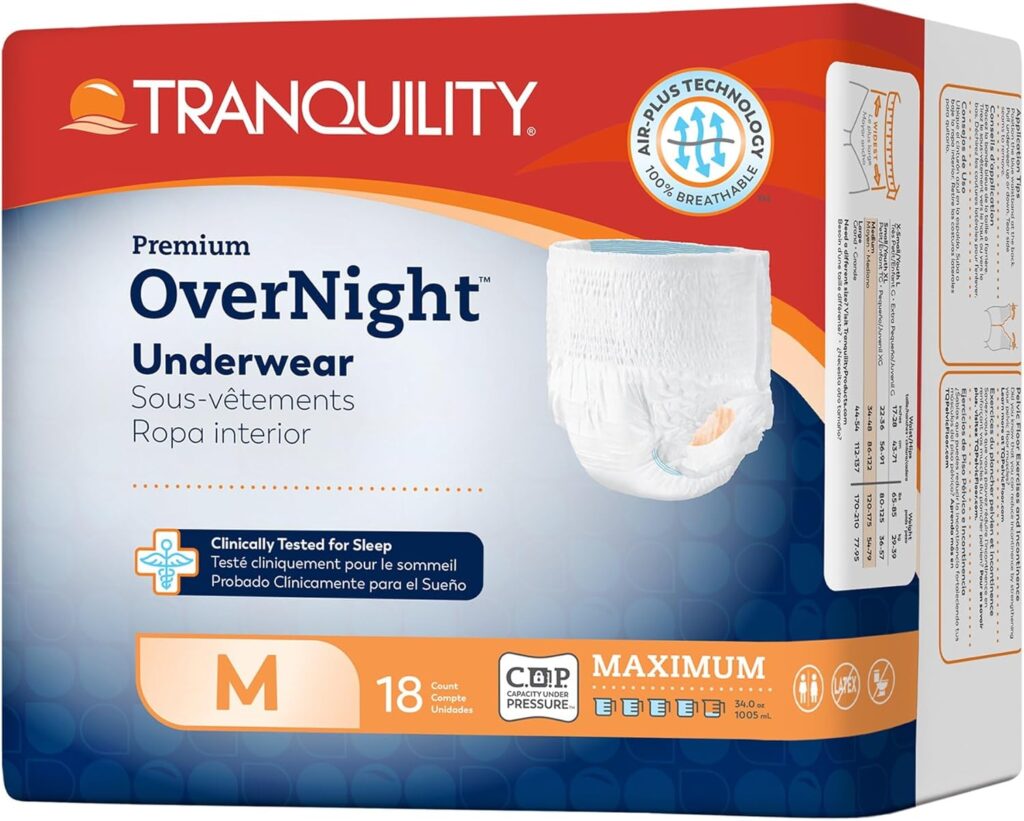Discover practical tips to prevent and manage urinary tract infections in older adults. Learn symptoms, causes, and effective home remedies to promote senior health and wellness.
Let’s face it – getting older comes with its quirks, and unfortunately, urinary tract infections in older adults are one of them. They are sneaky little nuisances that can turn life upside down if not tackled properly.
From recognizing the early warning signs to preventing repeat offenders, this guide has you covered. Here, we will dive into everything you need to know, with a friendly sprinkle of practical advice along the way.
What Are Urinary Tract Infections in Older Adults?
Urinary tract infections in older adults are surprisingly common, and they don’t always look like the typical bladder infection younger people experience. A UTI in seniors can develop anywhere along the urinary system—the bladder, urethra, ureters, or even the kidneys. Because aging affects the immune system and bladder function, these infections can sneak up quietly but create big problems if left untreated.
Common Symptoms in Seniors
The tricky part? The signs of a urinary tract infection in elderly adults can be subtle. Instead of the classic burning sensation, older adults might experience confusion caused by UTIs , agitation, or even a sudden fall. Other signs include:
- Frequent urination in elderly adults (especially at night), or an urgent need to go.
- Urinary retention in seniors where the bladder doesn’t fully empty, causing discomfort
- Burning or pain while peeing
- Cloudy or strong-smelling urine
- Fatigue or weakness
Pro tip: Some seniors may experience asymptomatic UTIs in older adults, which means no obvious signs—but don’t be fooled! Regular checkups are key.
Why Are Older Adults More Prone to UTIs?
There’s no single reason—aging simply changes how the body works.
Age-Related Risk Factors
- Weakened immune system: As we age, our body’s defenses lose some steam.
- A weak bladder in elderly adults can mean urine stays behind, creating a perfect breeding ground for bacteria.
- Chronic UTIs in older adults often result from incomplete emptying of the bladder.
- Incontinence and urinary tract infections: Difficulty fully emptying the bladder creates a breeding ground for bacteria.
- Dehydration and UTIs in seniors: Many older adults don’t drink enough water, either because they forget or to avoid frequent trips to the bathroom.
- Catheter use and UTIs in elderly: Catheters, though sometimes necessary, can introduce bacteria into the urinary tract.
- A lifetime of health issues increases UTI risk factors in aging adults, from medications to reduced mobility.
Underlying Health Conditions
Medical conditions like diabetes or enlarged prostates play a role. In fact, kidney infections in elderly adults are more common because infections spread more easily in weakened systems. To make matters worse, repeated antibiotic use has led to antibiotic resistance in elderly UTIs, making some infections harder to treat.
What is Nocturia in Seniors?
If your loved one is up multiple times at night to urinate, that’s nocturia in seniors. It’s not only exhausting but can increase fall risk. It can disrupt sleep and affect overall well-being.
Causes of Nocturia in Older Adults
Frequent nighttime trips to the bathroom may be caused by urinary incontinence in seniors, medications (like diuretics), or simply age-related changes. These include reduced bladder capacity, overproduction of urine at night , or health issues such as diabetes, urinary tract infections, prostate enlargement, or heart conditions.
Medications and lifestyle factors, like excessive evening fluid intake, can also contribute.
Link Between Nocturia and UTIs
There’s a strong connection between nocturia and aging and the likelihood of urinary tract infections in older adults. Poor sleep, dehydration, or lingering bacteria can create a vicious cycle.
Managing Nighttime Urination
Managing nocturia in seniors often involves addressing underlying conditions, adjusting habits, or medical interventions to improve sleep quality and reduce nighttime disruptions.
Lifestyle adjustments—like limiting fluids before bed, using absorbent products, or adding lighting for safety—can ease nighttime urination in elderly adults and improve quality of life.
Urinary Tract Infection in Elderly Women
Women, especially older women, are more prone to UTIs than men. Why? It’s all about anatomy and hormones. UTIs are one of the most common bladder problems in older women.
Why Are UTIs More Common in Women?
Women’s urethras are shorter, making it easier for bacteria to reach the bladder. Furthermore, after menopause, declining estrogen levels can lead to changes in the vaginal flora, impacting urinary health in aging adults and increasing the risk of infections.
Symptoms of UTI in Older Women
- Burning Sensation During Urination – This is often the first red flag.
- Frequent Urge to Urinate – Feeling like you need to go all the time, even if little comes out.
- Cloudy or Bloody Urine – Changes in color or clarity are a warning sign.
- Strong-Smelling Urine – A noticeable odor could mean trouble.
- Pelvic Pain – Often centered around the bladder area.
- Fatigue and Fever – These could indicate the infection is worsening.
While these signs are more obvious, in many cases elderly women with urinary infections may simply feel “off” or unusually tired.
Prevention Tips for Women
- Probiotics for urinary health: Probiotics can restore the balance of good bacteria, supporting a healthy urinary system. Incorporate yoghurt and kefir into your diet.
- Hygiene and hydration: Cleanse gently and drink plenty of fluids to keep the urinary tract flushed. Wiping front to back is key to avoid introducing bacteria from the rectal area into the urethra.
- Urinate after intimacy: This simple habit can help clear out bacteria introduced during sexual activity.
- Cotton Underwear: Opt for breathable cotton underwear to reduce moisture and bacterial growth.
By being proactive and adopting these habits, women can significantly reduce their risk of recurrent UTIs in older women.
Urinary Tract Infection in Elderly Men
Yes, men get UTIs too—though they’re often tied to prostate issues. When considering common bladder problems in older men, UTIs are less common in men and are often linked to underlying health issues.
Causes of Urinary Tract Infections in Men
Urinary tract infection in older men often stems from an enlarged prostate, which prevents the bladder from fully emptying. Prostate issues and UTIs go hand in hand in aging men.
Difficulty emptying the bladder fully can also create an environment where bacteria can thrive, while catheter use, as in women, can also introduce bacteria into the urinary tract.
Symptoms of UTIs in Men
Men may notice discomfort, urgency, or weak urine flow. In some cases, urinary symptoms in older men include back pain or fever, which can signal infection has spread.
Other symptoms include:
- Frequent urge to urinate but passing only small amounts.
- Burning sensation during urination.
- Cloudy or strong-smelling urine.
- Pain in the lower abdomen or back.
Prevention Tips for Men
Encourage regular checkups, monitor prostate health, and follow UTI prevention for seniors basics—hydration, hygiene, and timely bathroom habits.
- Hydration: Drinking plenty of water helps flush out bacteria.
- Hygiene: Cleanliness is key, especially for men with foreskin.
- Timely Bathroom Habits: Don’t hold back your urine, and make sure to completely empty the bladder each time.
For men, addressing underlying health concerns like prostate enlargement can go a long way in preventing recurrent UTIs in older men.
Ways to Prevent Urinary Tract Infections in Older Adults
Prevention is the name of the game, and preventing UTIs is always easier than treating them! Trust me, a little effort now can save a lot of hassle later. Here are some tried-and-true lifestyle tips:
Stay Hydrated
You’ve heard it before, but it’s worth repeating: drink plenty of water! Proper fluids support hydration and urinary health in older adults. Keeping the urinary system flushed is essential to preventing infections. Aim for at least 6-8 glasses a day—and yes, tea counts too, but limit bladder irritants like caffeine.
Practice Good Hygiene
Good daily care helps, especially for those with urinary incontinence in seniors. Simple habits like wiping front to back can make a big difference in women. Use gentle, fragrance-free soaps to avoid irritation.
Eat for Urinary Health
A balanced diet with fruits, vegetables, whole grains and probiotics supports urinary health in aging adults and overall well-being. Consider adding cranberry juice or supplements, which some studies suggest may help.
Address Underlying Issues
Conditions like incontinence or frequent catheter use should be managed carefully with a doctor’s guidance. Regularly changing incontinence pads or keeping catheters clean is mandatory
Avoid Holding It In
Empty the bladder regularly. A weak bladder in elderly adults gets weaker when it’s forced to “hold it.” Holding it in can also increase the risk of bladder infections in the elderly.
Treating Urinary Tract Infection in Elderly Adults
Sometimes, even with the best prevention efforts, a UTI can sneak in. Don’t panic! Early treatment is key. Here’s what to do:
Seek Medical Advice
Don’t guess—treatment of UTIs in elderly requires medical input, so consult a doctor immediately. Left unchecked, infections can lead to complications like sepsis.
A proper diagnosis and the right antibiotics are critical, especially since antibiotic resistance and UTIs in elderly are growing concerns.
Try Home Remedies
While waiting for the doctor’s visit, some caregivers find natural options like unsweetened cranberry juice or probiotics helpful as home remedies for UTIs in seniors that can ease discomfort. However, they should never replace medical care.
Drink lots of water to flush out bacteria, while the application of a heating pad to the lower abdomen can provide some relief.
Monitor Recovery
Watch for worsening symptoms, like fever or back pain, which could indicate a kidney infection. Recurrent UTIs in elderly adults are common and may signal deeper issues. Chronic urinary tract infections in elderly seniors may need additional care.
Is it Easy to Treat Nocturia in Seniors?
Not always. Nocturia and aging can be stubborn, but it can be managed but it depends on the underlying cause.
Medical Treatments for Nocturia
If medical issues like an overactive bladder, prostate problems, or diabetes are contributing factors, addressing these conditions is key.
Medications, bladder training, or even pelvic floor exercises may be recommended. Treatment often requires a combination of strategies.
Lifestyle Adjustments
Small changes—like exercise, reducing evening fluid intake, limiting caffeine or alcohol, and establishing a consistent sleep schedule, can help. Focusing on hydration and urinary health in older adults—can equally make a big difference.
Conclusion: Staying Ahead of Urinary Tract Infections in Older Adults
The good news is that urinary tract infections in older adults does not have to derail daily life. By watching for early signs, encouraging urinary health in aging adults, and addressing risk factors, seniors and caregivers can prevent small urinary issues from becoming big medical problems.
Staying proactive is the best way to prevent urinary problems in seniors and support long-term well-being.
Share anything else you have experienced below.
Related Articles
- Aging and Bladder Problems: 4 Hidden Dangers
- 7 Causes For Overactive Bladder in Seniors to Avoid
- How to Control an Overactive Bladder: 5 Powerful Boosters
- 11 Natural Cures for Overactive Bladder
FAQs for Urinary Tract Infections in Older Adults
What are the first signs of UTI in older adults?
Common signs include confusion, frequent urination, burning pain, and cloudy urine. In some cases, there may be no symptoms at all (asymptomatic UTIs in older adults).
How can dehydration lead to urinary tract infection in elderly seniors?
Dehydration reduces urine output, allowing bacteria to linger in the urinary tract. Drinking enough water flushes out potential pathogens.
Are UTIs more dangerous for elderly women?
Yes. A UTI in older women may spread quickly if untreated. Post-menopause hormone changes and anatomy increase the risk, and untreated infections may lead to kidney problems or sepsis.
Can probiotics help prevent UTIs in seniors?
Yes, probiotics support immune health and UTIs in elderly by maintaining a healthy balance of good bacteria in the gut and urinary tract.
Are there specific symptoms for urinary tract infections in men?
Recurrent UTIs in older men often involve pain, difficulty urinating, or a weak urine stream, sometimes linked to an enlarged prostate.
Are recurrent UTIs in elderly adults normal?
They’re common but not “normal.” Recurrent UTIs in elderly adults may signal a weak bladder, prostate enlargement, or other health conditions. A doctor should investigate repeated infections.
References
Kujubu DA, Aboseif SR. Evaluation of nocturia in the elderly. Perm J. 2007 Winter;11(1):37-9. doi: 10.7812/TPP/06-098. PMID: 21472053; PMCID: PMC3061378. https://pmc.ncbi.nlm.nih.gov/search/?term=PMC3061378%2F&sort=relevance

